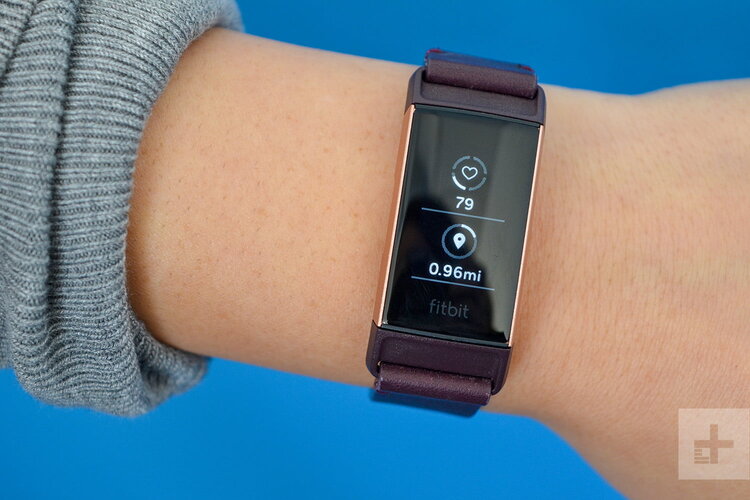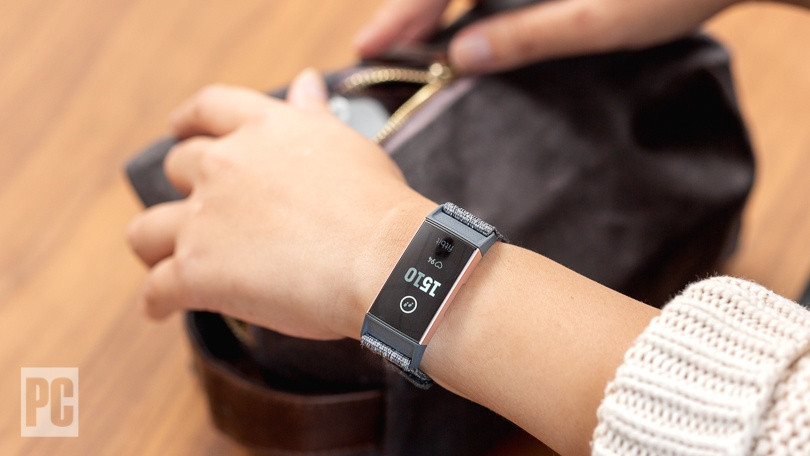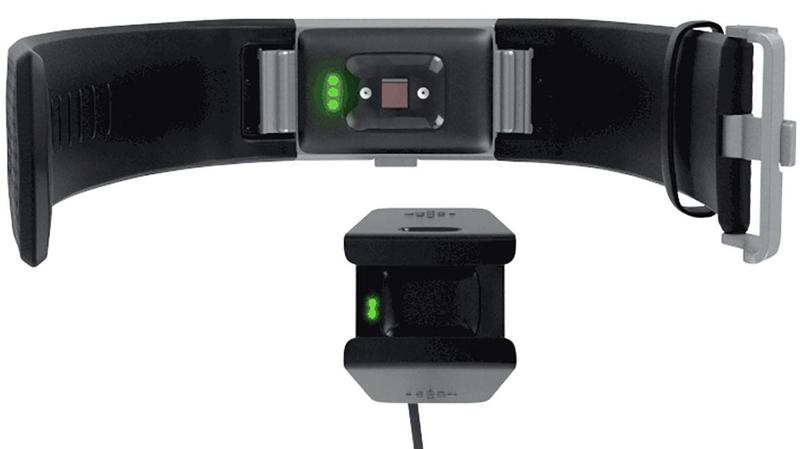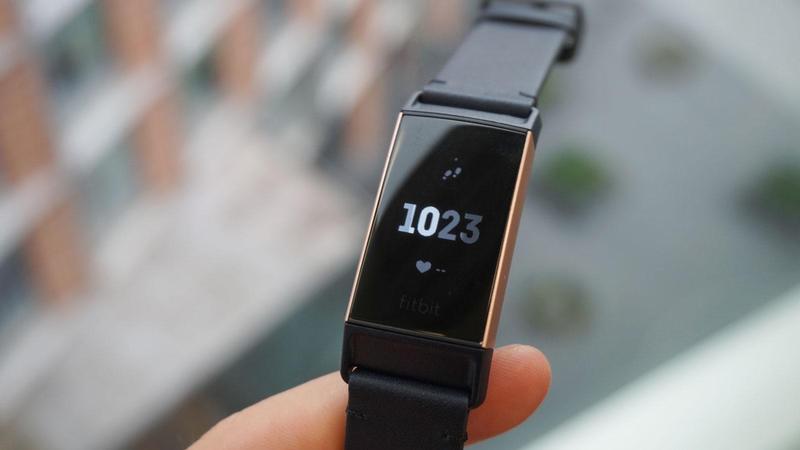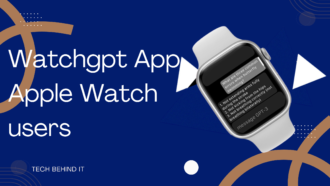Fitbit Charge 3 Review And Guide In 2024
So, 2019 is here, and moving into better condition is one of the resolutions for the new year. You’ve agreed to remove the fast food and grab a pair of running shoes, and both are pumped up to lose the excess pounds. That’s fine, but if you’re going to do it, you might also want to get an activity tracker for yourself! So, here we are discussing the details of the Fitbit Charge 3 Review and guide.
Considered to be trendy devices only until a few years back, activity trackers or health trackers have almost become a must these days. Indeed, it is clear that technology does not do much until you are prepared to follow a healthy lifestyle. Still, these wearables certainly help, helping you to control anything from the duration of your sleep to the number of calories you burn each day.
Complete Fitbit Charge 3 Review And Guide In 2021
#1 Fitbit Charge 3 Review – Display:
Hidden under a slight arch, the Gorilla Glass 3-protected top panel of the Charge 3 has its appearance – a grayscale OLED screen. It may not seem exciting, but when you look at the pixelated mess of the Charge 2S screen, I can say that the Charge 3S backlit panel is a noticeable improvement. Yes, it is small (although Fitbit says the display in Charge 3 is 40 per cent larger than in Charge 2), and yes, there are thicker bezels around, but the increased resolution makes the on-screen elements more evident. Outdoor visibility is also not an issue; the display is perfectly usable under direct sunlight.
The Fitbit Charge 3’s OLED panel uses touch-enabled and gesture-based navigation. By default, the display shows the time and date (with details such as the number of steps and the heart rate depending on the selected clock face). Swiping from the top reveals all unread notifications (the tracker is connected to the smartphone), and swiping from the bottom reveals the progress of your daily goal and a real-time scrollable summary of the tracker’s battery status. Similarly, swiping to the right allows you to access onboard menu items, including goal-based exercise tracking, alarms, and settings. During my time with Charge 3, I enjoyed the on-screen navigation. The menu items are elegant, and the trigger buttons (along with the haptic response) make things even more accessible.
#2 Fitbit Charge 3 Review – Design:
Although its built-in design is very similar, a closer look suggests that there are more subtle improvements over Charge 3 than the 2016 Charge 2 (which I also reviewed). Made with aerospace-grade aluminium, the tracker module is lightweight and durable. It has a horizontally curved underside, and here, you will find an optical heart rate sensor (along with a small range of pulsating LEDs) and a charging interface with the tracker’s clip-on charger. The UP module has a trigger button on the left, which can wake up the display and take a step back when navigating the tracker’s menu options.
The Fitbit Charge 3 comes with a diamond-shaped rubberized band (in small and large strap sizes), which I liked on the review run. It is comfortable to wear for a long time (including when sleeping) and does not irritate until the skin is very tight. Locating the band strips from the tracker is a walk in the park, often leading to the buttons on the underside. If you do not like the standard band, you can change it to other styles available for purchase from Fitbit (e.g. horny leather, sport, and woven).
#3 Fitbit Charge 3 Review – Battery Life:
Fitbit Charge 3 reflects notifications from your attached smartphone and can be configured through the app’s settings. In addition to standard tools such as incoming calls and messages, you can select the third-party app for which you want to receive notifications. Using an Android smartphone, you can quickly reply to some information directly from the tracker (using pre-configured responses). During my testing, the activity was intended. The mirroring notification tracker must be constantly connected to your smartphone via Bluetooth, which will affect the battery life a little.
During the review period, the tracker easily lasted a week in a whole bit, supporting the Fitbit claim of seven days of battery life. If you turn off features like notifications and synchronization throughout the day, battery life will increase to two weeks. The included clip-on USB charger takes about an hour to drain the battery fully, which is excellent.
#4 Fitbit Charge 3 Review -Fitness Track And App:
Being the central activity tracker of Fitbit, Charge 3 is loaded with features. It can be considered a fitness-related metric, from floor-mounted calories to calories burned and heart rate to quality/sleep duration. And boys, does it keep track of them well?
I had Charge 3 on my wrist, which was pretty much the entire review run (about two weeks), and I was amazed at how it tracks everything. It’s almost 100 per cent accurate regarding step and sleep tracking. (That is, the Charge 3, like other trackers, often confuses driving/walking as a vehicle). The heart rate sensor incorporates Fitbit’s pure technology and uses the real-time heart rate zone to relax using guided breathing sessions (2/5 minutes long).
The tracker can automatically detect different workouts (such as aerobics and sports) and record relevant information. You can choose from various exercises (such as running and bike riding) and set personal goals for them, and Charge 3 will track everything and let you know how you did it. If you notice that you have been stationary for too long, the tracker will remind you to take regular breaks and walk a few steps. Due to the completely enclosed structure, the Charge 3 is water-resistant to a depth of 50 meters. Although I did not swim with it, the tracker came out non-stop after being completely submerged in water for a minute.
While all of this is great, I find the lack of integrated GPS tiring. The Fitbit Charge 3 uses the GPS of your (attached) smartphone to map outdoor activities such as running and bike rides. It works well, but if Huami Charge 3 offers a third-party onboard GPS like the Amazfit Bip, which costs, you might also be in Fitbit.
This data extracted by Charge 3 is only a critical aspect of the overall experience. How this data is presented to you is equally (perhaps even more) important, and this is where the companion Fitbit app comes into play. It logs all fitness-related metrics tracked by wearables and syncs them to your (free) Fitbit account. Of course, you cannot start using Charge 3 until you have set it up through the app.
Conclusion:
Fitbit says Charge 3 is their most advanced tracker, and I agree with that statement. It has a truckload of features from which you can track every fitness-related metric, and battery life is not half as bad. Of course, some issues (e.g. onboard GPS, occasional-irregular syncing) exist, but they are not deal-breakers.
However, you can’t ignore that the Fitbit Charge 3 is the equivalent of a mid-range smartphone. To spend more money on an activity tracker, you need to be serious about your personal health goals. If you’re a fitness enthusiast (and have been for a while), I recommend you fully charge. 3. Conversely, if you embark on your journey to a healthier lifestyle, Fitbit Bit Charge 3 and its laundry list will make a lot of sense. You can choose affordable options like Huawei Amazon Fit Bip or Samsung Gear Fit 2 Pro.

